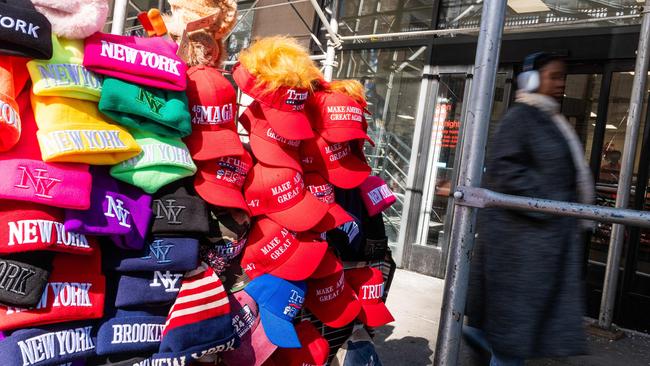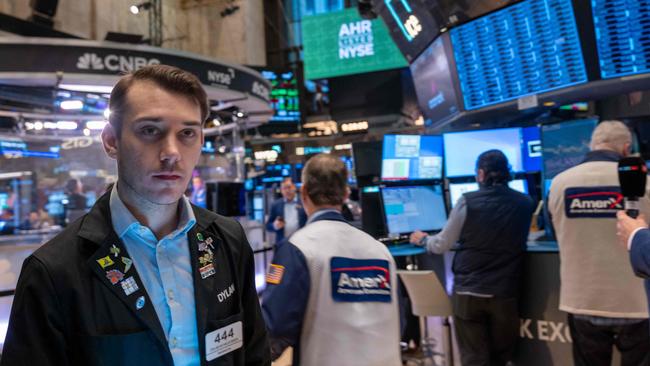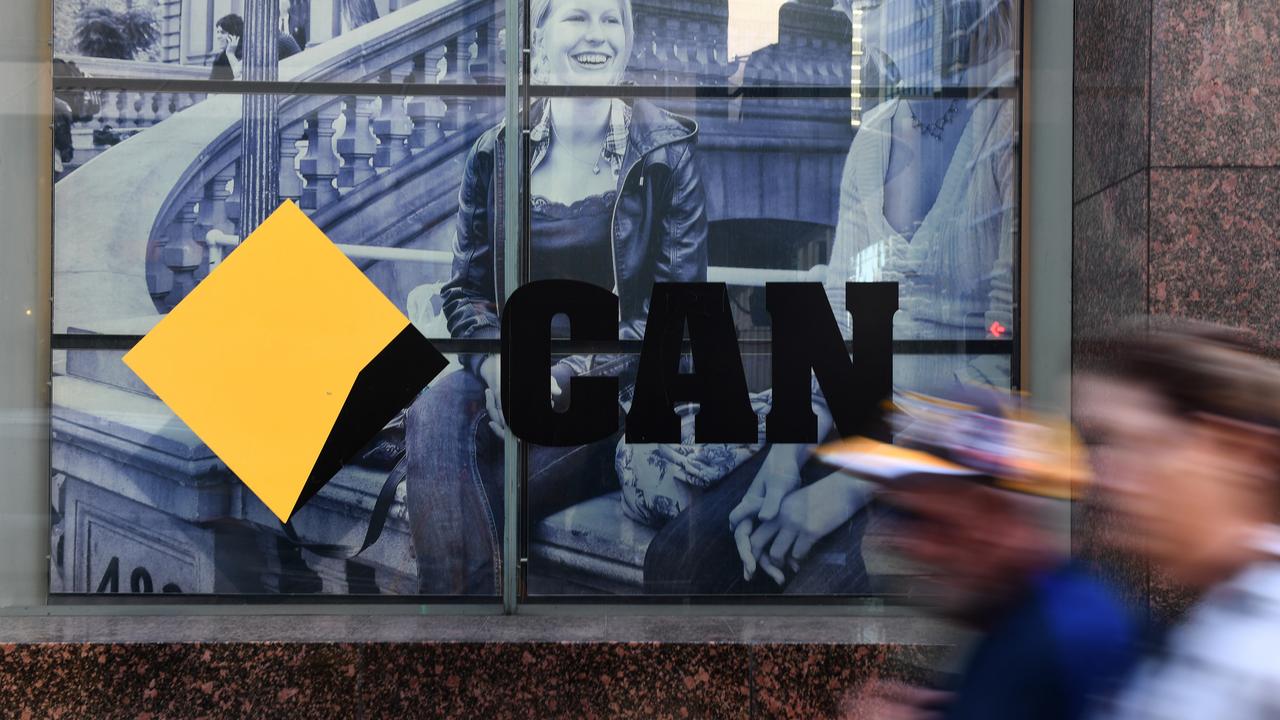JPMorgan preaches caution on stocks before US CPI data as Trump turns tariffs screw
Stocks have so far been resilient to an emerging tariff war but investors looking for a repeat of the strong gains seen in the first year of Donald Trump’s first term could be disappointed.

Stocks have so far been resilient to an emerging tariff war but JPMorgan says investors looking for a repeat of the strong gains seen in the first year of Donald Trump’s first term in office could be disappointed.
Within four weeks of his inauguration last month, the US President has raised tariffs on China of 10 per cent, ordered 25 per cent tariffs on Canada and Mexico as well as on steel and aluminium, flagged tariffs to match other nations, and threatened to target the euro area and possibly the UK. A review of US trade policy is due on April 1 and reports suggest Mr Trump is still considering universal tariffs.
The tariffs on Canada and Mexico were delayed a month and the initial tariffs on China were much lower than Mr Trump had threatened during the election campaign, but a trade war may be just getting started, with unpredictable negative consequences for the global economy.
However, despite brief episodes of volatility, global stockmarkets have rebounded strongly.
Ahead of crucial US CPI data due on Wednesday, markets in Germany, France and the UK hit record highs, while the US S&P 500 and Australia’s S&P/ASX 200 were less than 1 per cent from records of their own.
According to JPMorgan’s head of European and global equity strategy, Mislav Matejka, investors are hopeful that equities will see a broadening participation in terms of sectors and geography, potentially resembling something similar to what transpired in the Trump 1.0 episode.
In 2017, the S&P 500 was very strong in absolute terms, rising 19 per cent.
But the MSCI Emerging Markets index was the top regional performer, soaring 34 per cent.
Eurozone and Japanese stocks also outpaced the S&P 500 in US dollar terms that year.
However, for the stockmarket there are some major differences between 2017 and 2025.

In 2017, regional growth differentials were much narrower than they have been recently.
The eurozone was outgrowing the US, even as the US enjoyed all the tailwinds of deregulation, tax cuts, animal spirits and pro investment drive. The catalyst for eurozone outperformance in 2017 was a massive Chinese fiscal stimulus that came at the start of 2016, and had enough time to boost Chinese growth to 7 per cent in 2017, but also work its way across the globe.
“The sequencing of newsflow was important in 2017,” Mr Matejka said.
“Then, China stimulated before Trump came to power, and there was no trade uncertainty until 2018. Consequently, China stimulus had enough time to work its way through the system, resulting in stronger eurozone growth in 2017 than for the US.”
The convergence in economic growth in 2017 pushed the US dollar down about 10 per cent in 2017. As is usually the case when that happens, money flowed out of the US to riskier assets including emerging markets and commodities. The US dollar is up 8 per cent since September.
“It is not clear that the US dollar will repeat the same pattern this time around,” Mr Matejka added.
Also, in 2017 there was very little trade uncertainty and as soon as tariffs started to go up in January 2018, the US dollar began rising, ending up 9 per cent from that point through to year end.
“Initial trade skirmishes seen in the past few weeks didn’t produce much lasting damage, but they can easily reignite at any point,” Mr Matejka said.
The 2018 tariff war pushed the average US tariff rate from 0.3 per cent to 2.3 per cent.
But with the 10 per cent increase in China tariffs that have been enacted so far this year, the average US tariff rate has already risen to 3 per cent.

Finally, he warns that the outlook for US bond yields could also prove pivotal from here.
“Trump 1.0 started with yields at 1.8 per cent and muted fiscal deficits which offered a lot of room for the repricing of the reflation trade,” Mr Matejka said.
“Current levels of US bond yields and of fiscal deficits could be less forgiving.”
Benign US CPI data last month helped lower the US 10-year Treasury yield down from 4.8 per cent to 4.38 per cent over the next few weeks, taking the pressure of stock valuations.
But it is Mr Matejka’s view that markets aren’t yet out of the woods when it comes to inflation.
“Bonds are getting overbought right now and next few CPI prints could show a different response,” he said. “After all, inflation was always a lagging indicator of growth, and activity has accelerated at the turn of the year, as seen in the spike in small business confidence – small businesses are responsible for hiring two out of every three new workers in the US.
“If the US economic growth differential versus the rest of the world doesn’t close this year and especially if yields move back higher on either robust activity or higher CPI prints, the US dollar might not act like in 2017.
“Headline risk with respect to trade remains, and all of these suggest different market leadership to what was seen in 2017.”
Where he does think US exceptionalism is fading is in the tech space, but of course that’s not good for the S&P 500, as it now makes up about 28 per cent of the index.
JPMorgan has a neutral rating on the tech sector and doesn’t see it leading again in 2025.
“The Mag-7 expectations are very high, and the proposition of first mover advantage with significant levels of cash to be able to drive needed investments is challenged,” Mr Matejka said.
It comes as the recent low-cost AI development by China’s DeepSeek raises questions about the elevated multiples and high spending within the group.
The latest revenue downgrades, coupled with capex upgrades announced during the December quarter reporting season, could begin to weigh on gross margins.
That’s especially true if pricing weakens due to falling costs and more widespread AI adoption, and likely fewer barriers to entry than previously anticipated.
“Historically, it was never the incumbents which benefited from the technological disruption, but the outsiders,” he said.
Originally published as JPMorgan preaches caution on stocks before US CPI data as Trump turns tariffs screw




